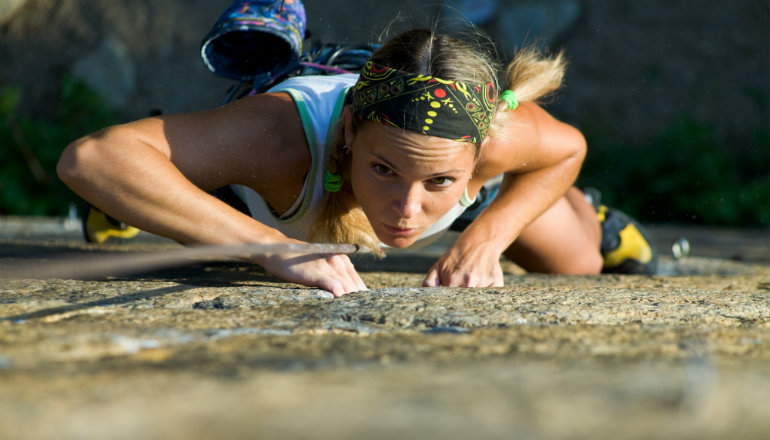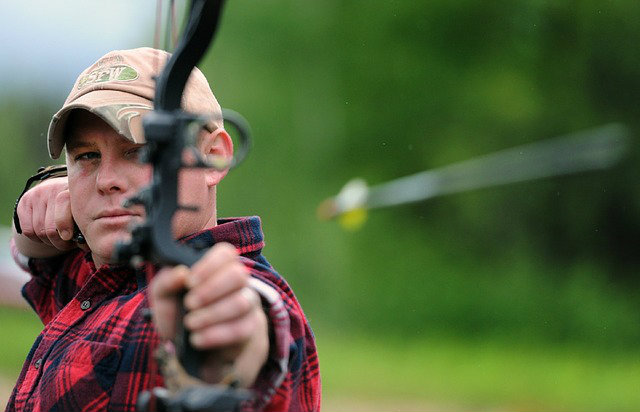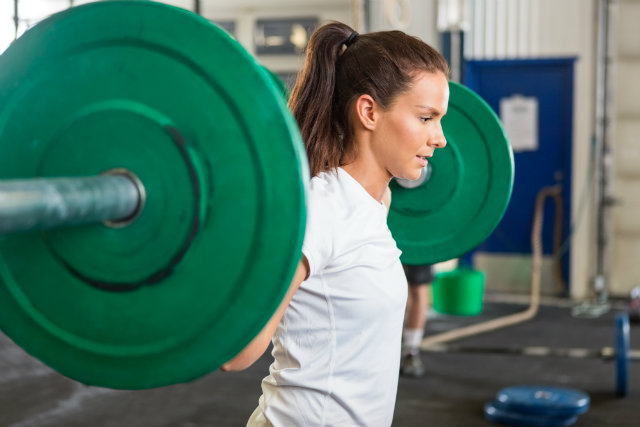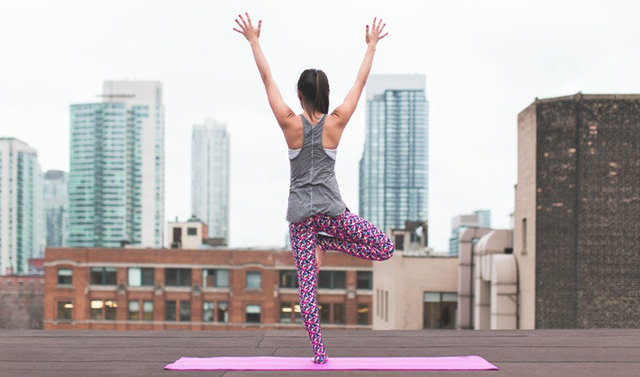While Parkinson’s is considered a movement disorder pretty much all movement originates from how and what we see.
The Quiet Eye: How to Train the Way You Gaze (and Why)
By Liz MarmeshHealth and Wellness Reading Time: 6 minutes
Reading Time: 6 minutes
Pick your favorite sport, any sport. Imagine the player you most admire walking up to the plate, getting ready for a jump ball, or prepping for a rope climb. What is the one thing they all have in common?
For starters, they are definitely not texting on their smart phone.
Jokes aside, no matter who you’re picturing, these athletes typically share an incredible ability to focus and concentrate that conveniently also makes them appear quite intimidating to their competitors. They are goal-oriented and ready to crush.
When a game begins, professional athletes know that taking in key details dictates their next move. They have waited for that same moment a thousand times before and know what to look for to decide if they are going to swing the bat, pivot, or leap toward a moving object.
- Have you struggled with balance and concentration during your favorite exercises?
- Do you find yourself more inclined to fall you age?
- Or would you simply like to up your air of confidence?
Call it tunnel vision, condition orange, high ready, or being “in the zone,” preparedness for strong performance is something you can train not just by practicing the sport itself, but by training your gaze and focus.

What Is “the Quiet Eye?”
Researchers define “the quiet eye” as the gaze behavior right before movement, particularly when an activity requires aim. The duration of time a person can spend in “the quiet eye” distinguishes elite performers from their counterparts. In addition, research on eye-tracking has found that focused attention on what matters, is a key factor in blurring out unnecessary detail.
I realize a very small percentage of humans are professional athletes. So does this concept apply to the average gym-goer or neighborhood exerciser? I believe so.
If you think about the first time you tried a new running route or tried to learn a dance, I’m betting you were scanning all over the place, figuring out what to watch or what to watch out for, where to step, or who to model after. You may also have noticed, if you repeated the same activity, over a period of time you developed more focus and eventually you stopped looking for external cues and became someone to follow.
How Do We Improve Gaze and the Quiet Eye?
1. Train a Point of Focus While You Squat
It’s nearly impossible to find a gym where you can have peace and quiet while squatting. But no matter if you’re just starting into lifting weights or working on maximal lifts, you can develop the ability to stare at a spot on the wall in front of you for a prolonged amount of time as a means of training internal focus.
Looking forward (not down or up) will help to maintain proper spinal alignment in the squat as well. This will pay off as you train up to heavier lifts and will condition you to perform without distraction.

2. Play the Observation Game with a Friend
Next time you walk into a new environment, find a position furthest from the entrance and face toward the entryway. Without turning your head, allow your eyes to relax and take in what is around you. See how many key details you can observe from your vantage point. Maybe challenge a friend to this game and see who picks up the most information, or compare what each of you considered important in the moment.
3. Practice Your Drishti in Yoga
I gave away one method to improve gaze already, and that is to go to yoga. Don’t just go once though. Go and get good, so you’re not looking around the room trying to figure out where to put your feet in the poses. Better yet, try some free yoga videos at home without distraction and work on your balance. Then go to class.
Great yoga poses for balance include: eagle, tree, and half moon. One of the critical elements you’ll want to listen to in a yoga class, is of course, where to look to have optimal balance.

4. Meditate
Find a photo of someone or something you love and tape it on a wall in front of you before practicing a seated meditation. Think about resting your eyes quietly upon what you’re observing. Keep your eyes open and relaxed. Work to lengthen the time on which you can focus upon this beloved object or person within your meditation sessions.
Taking the Quiet Eye into the Game of Life
Eye contact has never been my strength. I grew up looking at the floor, shy and introverted. Though I still am no master of gaze, I train it. Ironically, in the places I am most focused on gaze, such as yoga or weight training, I am perceived to be confident by others.
If you’re feeling stressed in a new exercise practice — and, moreover, you feel like others can tell — go back to your gaze. Calming your eye movement just might convince them you’re a pro.

Liz is a NSCA Certified Strength and Conditioning Specialist (CSCS) and 200HR Yoga Instructor. Liz has been in the fitness industry since 2003, working in fitness education, fitness management, personal training, and group fitness in Boston, South Beach, Los Angeles, and the DC area. Liz graduated from the University of Miami with a Masters in Exercise Physiology.
A believer in constant movement, Liz has partnered with clients of all types to achieve various end goals. You can catch her teaching yoga at Ballston CrossFit in Arlington, Virginia.